Can you imagine discovering the richness and diversity of herpetofauna in one of the most fascinating ecosystems on the planet? The Amazon, especially in the Putumayo-Napo regions, offers a unique setting for lovers of nature and photography. Join us on this photographic tour and discover the secrets of the creatures that inhabit this corner of the world. This article explores the fascinating herpetofauna in the Amazon, specifically through photography tours in the Putumayo-Napo region. If you are a lover of nature and photography, get ready for a visual and educational journey to one of the most biodiverse corners of the planet.
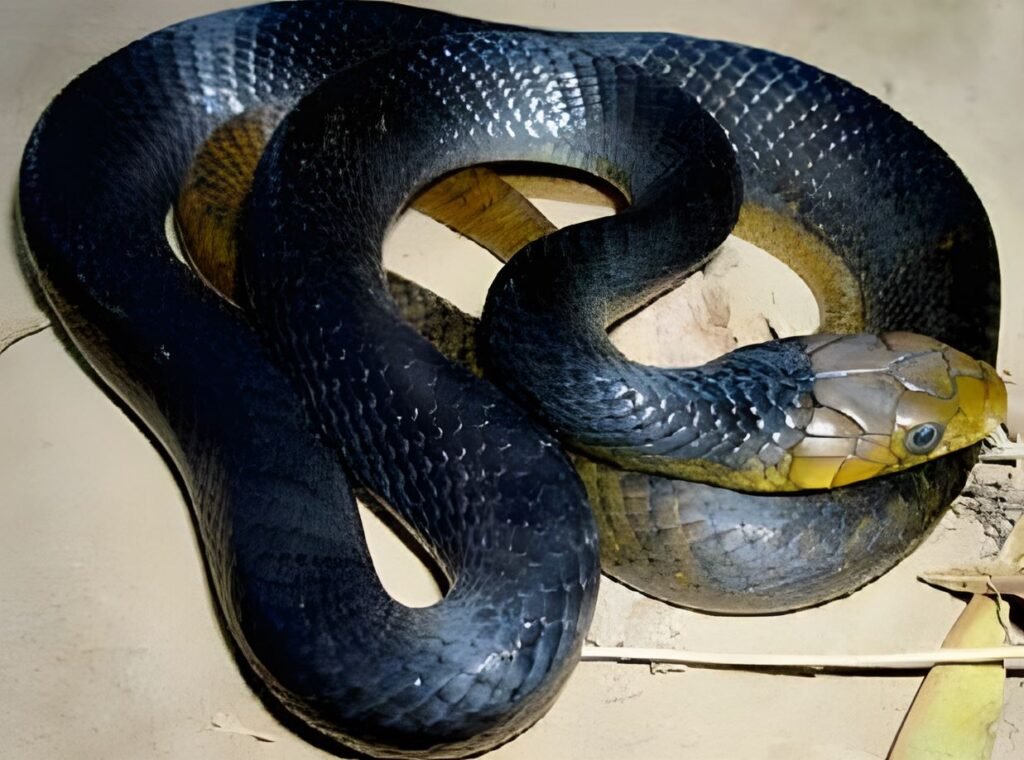
What is Herpetofauna?
Herpetofauna includes all the reptiles and amphibians of a specific region. This includes snakes, lizards, frogs, toads, salamanders and turtles. These animals play crucial roles in ecosystems, as pest controllers and as an essential part of the food chain.
Importance of Herpetofauna in the Amazon
In the Amazon, herpetofauna is vital to maintaining ecological balance. These animals not only help control populations of insects and small mammals, but also serve as indicators of environmental health. Their presence and abundance can reveal much about the quality of the environment and the effects of human intervention.
The Putumayo-Napo Region
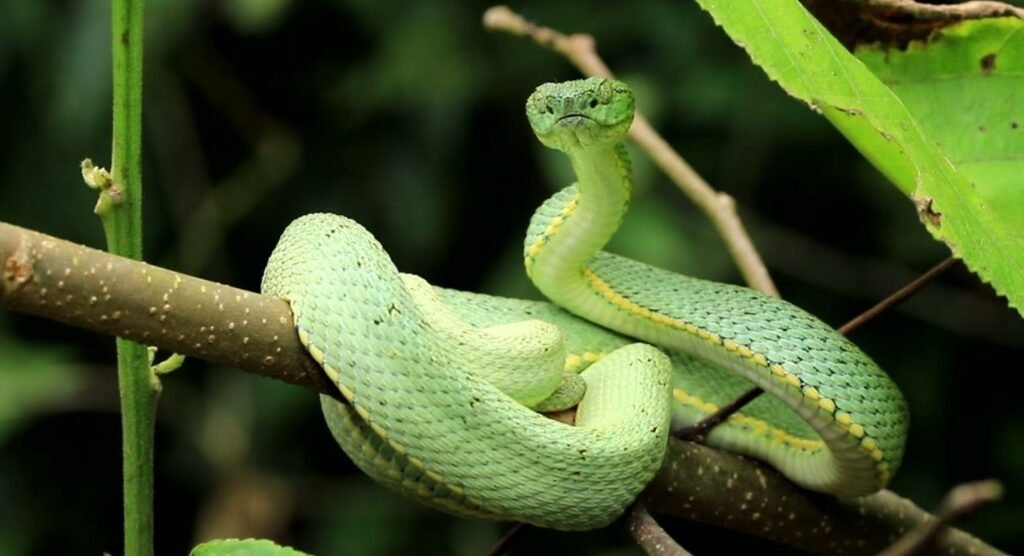
Geography and Biodiversity
The Putumayo-Napo region is one of the most biodiverse areas of the Amazon. Located on the border between Colombia, Peru and Ecuador, this region is home to an incredible variety of species. The Putumayo and Napo rivers not only provide sustenance to numerous human communities, but also create rich and varied habitats for wildlife.
Climate and Habitats
The climate in Putumayo-Napo is typically Amazonian, with high temperatures and abundant rains throughout the year. These factors create the perfect conditions for a lush diversity of flora and fauna. Habitats range from dense jungles to swamps and rivers, each harboring unique herpetofauna.
Photography Tours in Putumayo-Napo
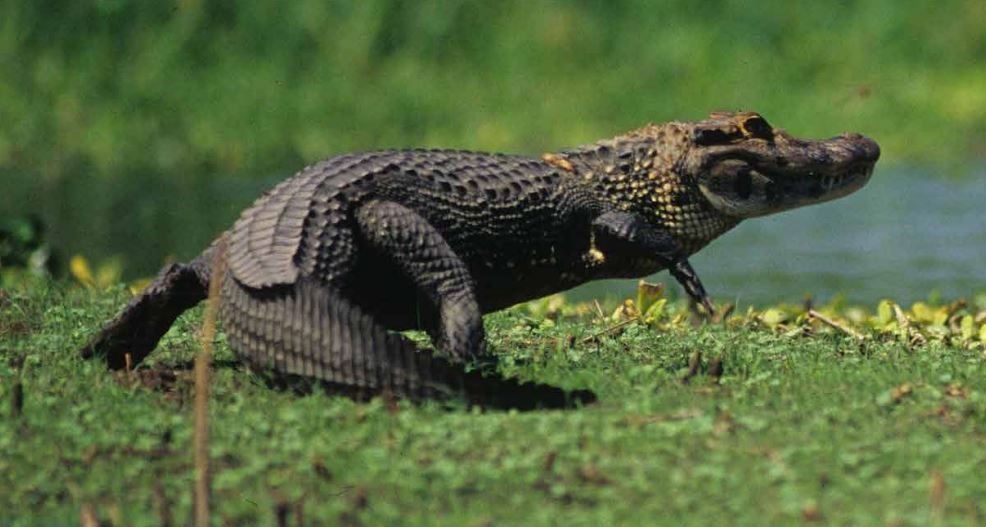
Preparation and Necessary Equipment
To undertake a photographic tour in search of herpetofauna in the Amazon, it is essential to be well prepared. Basic equipment includes a camera with good resolution, macro lenses to capture details, flash for night photography, and personal protective equipment to avoid stings and bites.
Best Practices for Herpetofauna Photography
Photography of reptiles and amphibians in their natural habitat requires patience and respect for the animals. It is essential not to interfere with their natural behavior or damage their environment. Using camouflage techniques and having a good knowledge of local species can significantly increase your chances of capturing impressive images.
Featured Species of Herpetofauna in Putumayo-Napo

Amphibians: Frogs and Toads
In Putumayo-Napo, you can find various species of frogs and toads, each with unique characteristics. Some notable species include the poison dart frog, known for its vibrant colors and potent venom, and the glass frog, famous for its translucent skin.
Poison Dart Frog
These frogs are small but striking, with colors ranging from bright red to electric blue. Their colors serve as a warning to predators about their toxicity.
Glass Frog
The glass frog has such light skin that its internal organs are visible. This fascinating amphibian is often found on leaves near streams and is known for its soft singing at night.
Reptiles: Snakes and Lizards

The reptiles of Putumayo-Napo are equally varied and fascinating. Among snakes, there are the anaconda and the coral snake, both known for their unique behaviors and adaptations.
Anaconda
The anaconda is one of the largest snakes in the world and can grow up to more than 6 meters in length. Despite their intimidating size, they are typically shy creatures and avoid human contact whenever possible.
Coral Snake
With its distinctive pattern of colored rings, the coral snake is easily recognizable. Although it is highly poisonous, it is also one of the most interesting species due to its reclusive behavior.
Turtles and Cayman
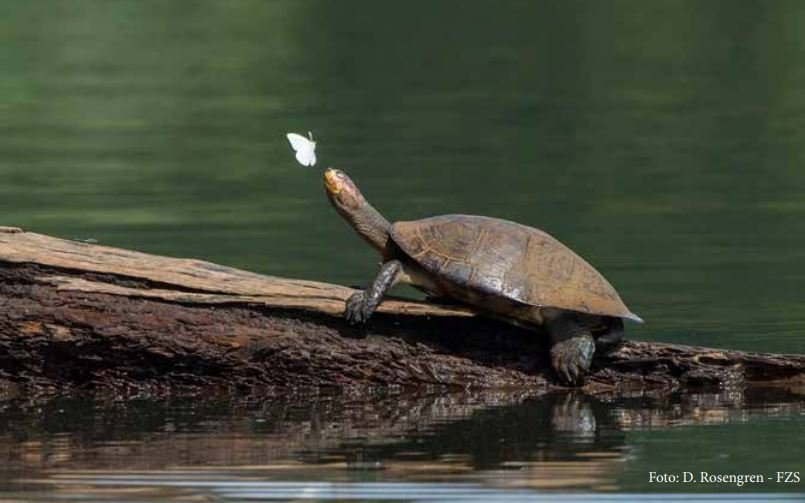
Turtles and alligators are also an integral part of the herpetofauna of Putumayo-Napo. These aquatic reptiles are common in the rivers and lagoons of the region.
Mata Mata Turtle
The mata mata tortoise has a unique appearance, with its flattened head and rough shell that resembles the bark of a tree. This species is a master of camouflage, allowing it to avoid predators and hunt effectively.
Black Alligator
The black caiman is one of the largest predators in the Amazon. With its dark skin and impressive size, it is a formidable presence in the region’s bodies of water.
Conservation of Herpetofauna in Putumayo-Napo
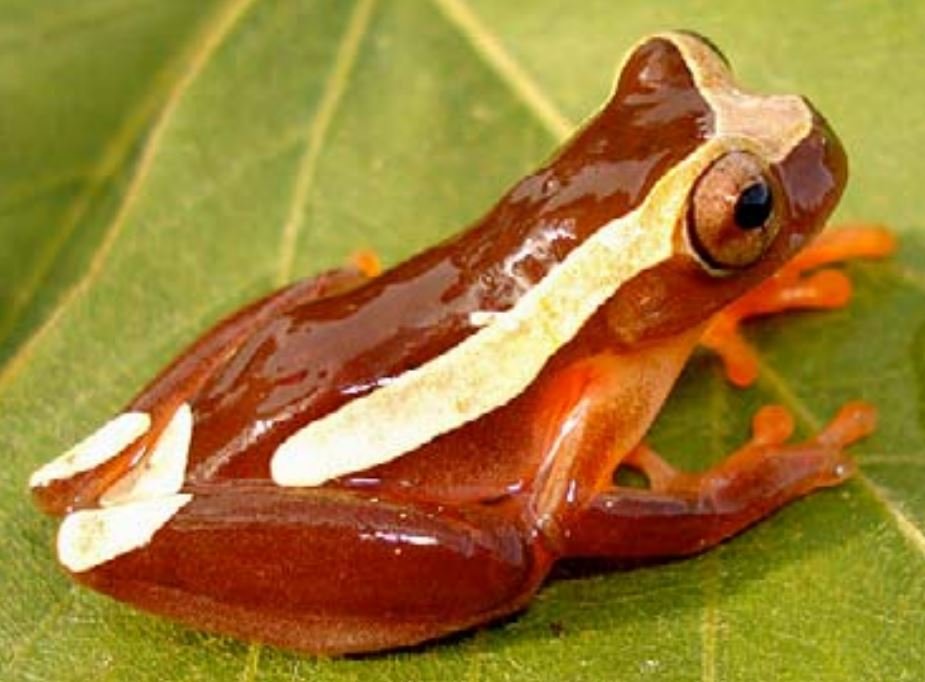
Threats and Challenges
Herpetofauna in the Amazon faces numerous threats, including deforestation, pollution and climate change. These human activities are destroying critical habitats and endangering many species.
Conservation Initiatives
Fortunately, there are several conservation initiatives underway to protect the herpetofauna in Putumayo-Napo. These include habitat restoration projects, environmental education programs, and species monitoring efforts.
Habitat Restoration Projects
Habitat restoration projects seek to recover degraded areas through reforestation and the creation of ecological corridors. These efforts are crucial to providing safe and sustainable refuges for herpetofauna.
Education and Awareness
Environmental education is essential to increase awareness about the importance of herpetofauna and the threats they face. Educational programs in local communities and schools can inspire new generations to protect and conserve these animals.
How to Contribute to the Conservation of Herpetofauna in the Amazon

Volunteering and Community Participation
Participating in volunteer programs is an excellent way to contribute to the conservation of herpetofauna. Many organizations in Putumayo-Napo offer opportunities for volunteers to get involved in monitoring and restoration activities.
Support for Research Projects
Financial and logistical support for research projects is also vital. These projects help obtain valuable data about species and their habitats, which in turn informs more effective conservation strategies.
Sustainable Practices
Adopting sustainable practices in daily life can have a positive impact on herpetofauna conservation. This includes reducing plastic use, supporting local and sustainable products, and promoting responsible ecotourism.
Frequently Asked Questions about Herpetofauna in the Amazon
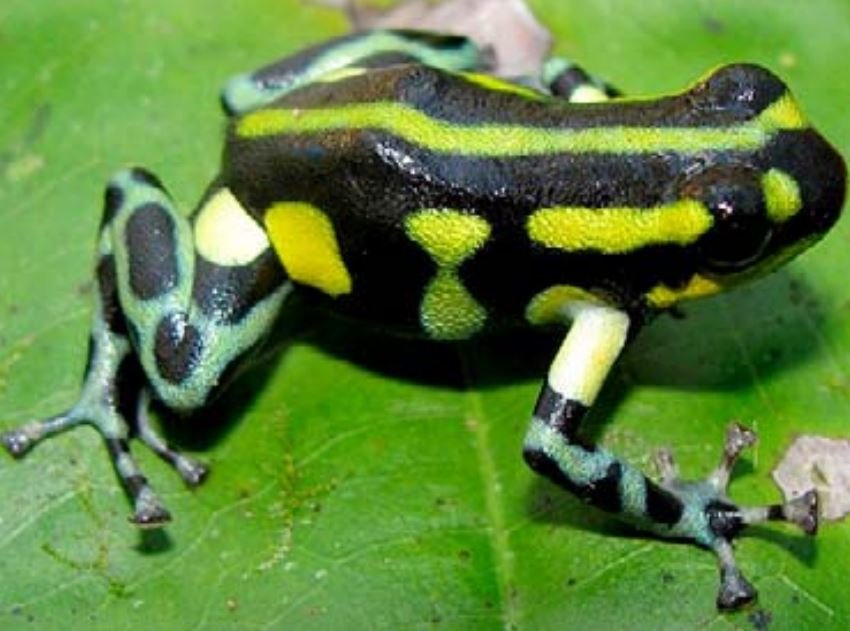
1. Why is herpetofauna important in the Amazon?
Herpetofauna is vital for the ecological balance of the Amazon. These animals help control populations of insects and small mammals, and serve as indicators of environmental health.
2. What are some notable species of amphibians in Putumayo-Napo?
Featured species include the poison dart frog, known for its vibrant colors and potent venom, and the glass frog, famous for its translucent skin.
3. What reptiles are common in Putumayo-Napo?
In Putumayo-Napo, you can find snakes such as the anaconda and the coral snake, as well as aquatic reptiles such as the mata mata turtle and the black caiman.
4. What are the main threats to herpetofauna in the Amazon?
Major threats include deforestation, pollution and climate change, which are destroying critical habitats and endangering many species.
5. What initiatives exist to conserve herpetofauna in Putumayo-Napo?
There are habitat restoration projects, environmental education programs, and species monitoring efforts that seek to protect the region’s herpetofauna.
The herpetofauna in the Amazon, and in particular in the Putumayo-Napo region, is a treasure of global biodiversity. Through photographic tours, we can not only appreciate the beauty and uniqueness of these animals, but also understand the importance of their conservation. Getting involved in the protection of these fascinating beings is crucial to maintaining ecological balance and preserving the wonderful natural legacy of the Amazon for future generations.
At Lorenzo Expeditions, we pride ourselves on offering an environmentally friendly experience, following best conservation practices. Our packages include all the necessary equipment, eco-friendly accommodation and the opportunity to contribute directly to projects to protect Amazonian herpetofauna.
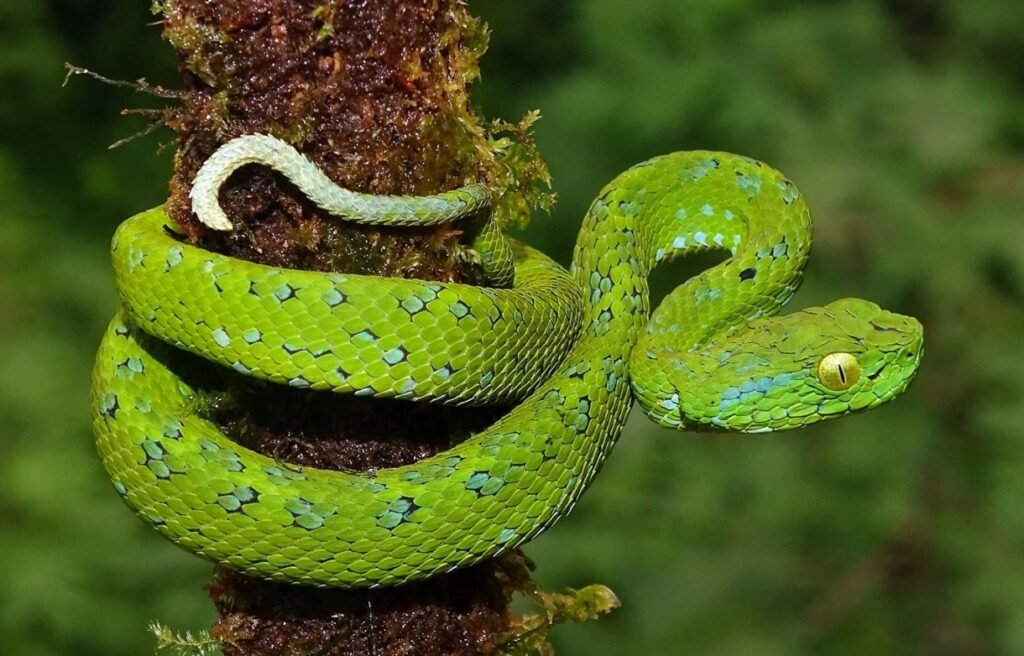
Don’t miss the opportunity to live this unique adventure. Contact our team today to schedule your Amazon herpetofauna photography trip! You will witness firsthand the natural wonder that will captivate your senses and leave an indelible mark on your heart.
Are you ready to immerse yourself in one of the most biodiverse ecosystems in the world? Book your herpetofauna photography experience in the Amazon with Lorenzo Expeditions today!





